-
A Plant That Eats Metal
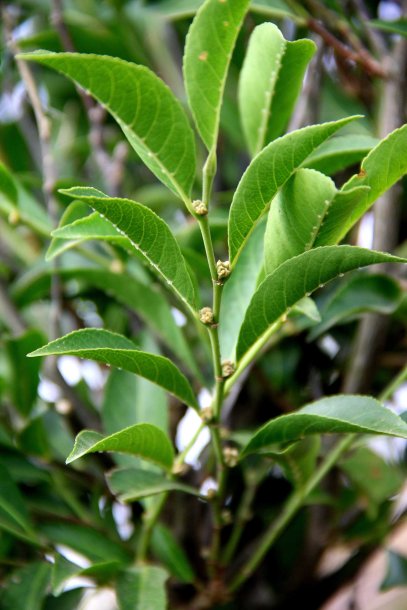
Edwino S. Fernando Rinorea niccolifera This is true: somewhere out there is a plant that eats metal. The somewhere is The Philippines. The species is part of a huge group of 300,000 types of plants called hyperaccumulators that can accumulate metal through their root systems. The new one, names R. nicolifera, has an appetite for nickel, as its name suggests. But it’s an appetite it apparently can’t satisfy. The species can absorb 18,000 parts per million of nickel, which is 1,000 greater than other such hyperaccumulator plants could gobble up before they’d push away from the table and say they were stuffed. The plant could actually be put to good environmental use: strategically placed, it can remove metals from contaminated soil. Just don’t leave your hardware lying around.
-
New Species of Mushroom—Discovered in London Grocery Store
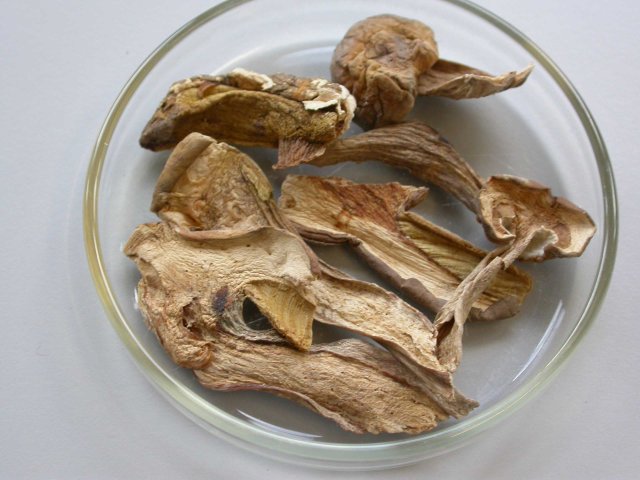
Bryn T. M. Dentinger—Royal Botanic Gardens, Kew Samples of 3 new mushroom species that were discovered in a grocery store in London. Keep your rainforests and river deltas. If you want to discover a new species and still be home by cocktail hour, you could do worse than to conduct your search in an unnamed grocery store in southwest greater London. That’s where investigators from the Royal Ontario Museum and the University of Toronto picked up a package of porcini mushrooms that they took back to their lab for testing. Using a technique called DNA barcoding—which sounds just about right for something that got scanned at a checkout line—they found that of 15 pieces of mushroom tested, three belonged to no known species. The investigators stress that the porcinis are perfectly safe to eat, which is a comfort. The fact that up to that moment consumers didn’t realize they were putting a previously unidentified species of fungus in their stomachs is less so.
-
New Species of Mite (Named After Jennifer Lopez. Really)
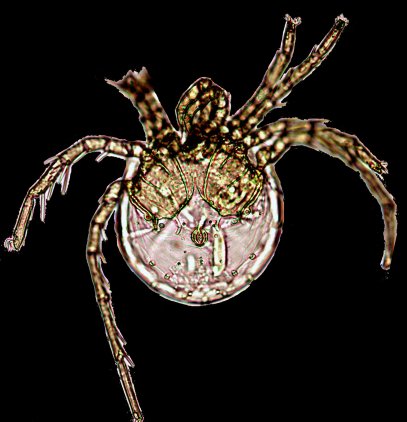
Vladimir Pesic et al. Litarachna lopezae In what has to be the years’ worst—or at least most unflattering—bit of nominative creativity, a group of investigators discovered a new species of mite in a coral reef off of Puerto Rico and, for reasons for which they owe someone an explanation, named it Litarachna lopezae, after Jennifer Lopez. There is very little known about the life cycles of the larger group of very tiny, very ugly marine animals than make their home among the microalgae and sponges in the region’s coral shelf. So the mere discovery of a new species advances the science. As for the choice of name, the lead researcher explains that Lopez’s songs kept his team in a good mood while they were writing their paper on the discovery earlier this year. And this, apparently, is how they thank her.
-
Cape-wearing Dolphin

R.L. Pitman—Wildlife Conservation Society The Australian Humpback Dolphin Go ahead, make your Superman jokes; the dolphin known as S. saluhensis is used to them. That’s because S. saluhensis is much better known as the caped dolphin. Part of a larger clan of three other species called humpback dolphins—due to a rise below their dorsal fin—S. saluhensis is found in the waters around Australia and New Guinea. It is the creature’s skeletal structure, DNA and habitat that mostly marked it as a species apart. But there is, too, the contrast between its lighter underside and its darker back, which gives it its distinctive cape-like markings. Identifying a new dolphin is rare; this is only the second time in the last 50 years a previously unknown species has been identified. Identifying a superdolphin is pretty much unprecedented.
-
Etendeka Round-eared Sendi: A Kind of Tree Shrew

John P. Dumbacher—California Academy of Sciences Etendeka round-eared sendi Elephant shrew is one of those great oxymorons. The “elephant” part says big, but the “shrew” part says not so much. The mole-like critter rarely tips the scales at more than 1.5 lbs. (0.7 kg). Now, the tiniest specimen to date has been found—the Etendeka round-eared sendi, named for the Etendeka geological region where it was found in Namibia. The sendi is covered with rust-colored fur and has the traditional needle nose of an elephant shrew. It weighs only 0.9 oz. (28 gm)—or about the same as a dozen pennies. Snaring and identifying the elusive critter required setting a collective 5,616 traps over multiple nights. Here’s hoping the Etendeka breeds prodigiously. When you weigh less than a handful of change, you’re not exactly at the top of your local food chain.
-
Hermaphrodite Snail, With Name That Supports Same-sex Marriage: A. diversifamilia
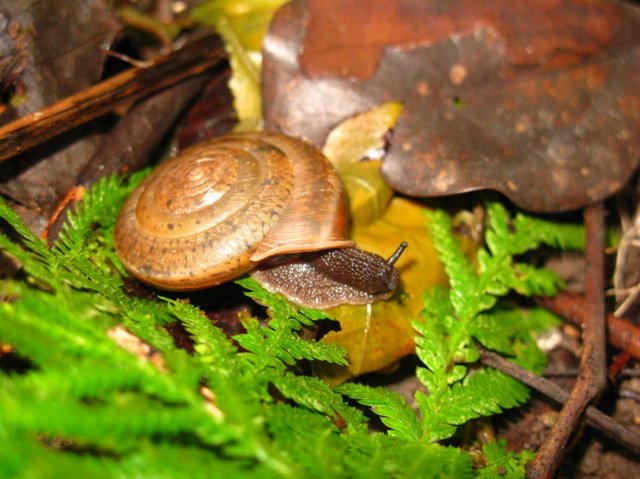
Chih-Wei Huang Aegista diversifamilia If you were a new species of snail, you wouldn’t give much thought to marriage—and that’s not just because, you know, you’d be a snail. It’s also because a lot of snails are hermaphrodites, which gives them a certain reproductive flexibility that other animals don’t have. But that doesn’t mean that the humans who discovered you wouldn’t find a way to bring marriage—particularly the politics of marriage—into the game. That’s what happened when researchers from Academia Sinica of Taipei found out that two different populations of one species of snail separated by a mountain range and river on Taiwan were actually two species. One has a larger and flatter shell than the other and, as snails go, is actually quite lovely. The researchers got the honor of naming the snail and chose A. diversifamilia, using the snail’s nontraditional gender as a hat tip to diverse families. No word on whether the species would flourish anywhere in the U.S., or only in the 33 states that currently allow same-sex marriage.
-
Isabel’s Saki (That’s a Monkey, to You and Me)

Stephen Nash—Conservation International Pithecia isabela Saki is rice wine, and Isabel’s saki ought to mean rice wine that belongs to, well, Isabel. But Isabel’s saki is also a new species of extremely hairy monkey that lives only in Peru. Measuring about 33 in. (82 cm) long—not counting the 17 in. (44 cm) tail—the saki, is mostly black with a hood-like swirl of hair on its head that is a signature feature of all sakis. Some females add a splash of color, with a coppery sheen to the coat. The original Isabel, for whom the monkeys are named, is Isabel Grameson Godin des Odonais, a legendary 18th century aristocrat who became lost in the rainforest for 28 days until she was found by Quichua Indians, who cared for her and eventually helped her reunite with her husband. It’s an oft-told tale of pluck and survival in Peru—and in honor of that, 250 years later, Isabel Grameson Godin des Odonais got herself a monkey.
-
The John Lennon Tarantula
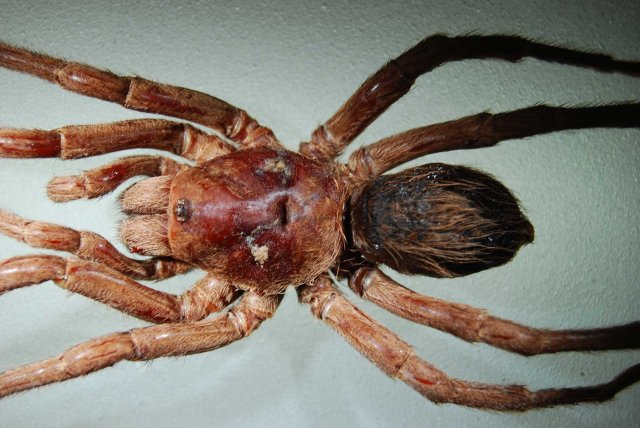
Fernando Pérez-Miles Bumba lennoni, named after John Lennon Suppose you were a member of a family of tarantulas that includes the dinner-plate sized goliath bird-eater. But suppose you were a good deal smaller—just 1.3 inches (34 mm)—and had a much better chance of being eaten by a bird than even thinking about eating one. In that case you might want a friendlier sounding name, which is why you’d be grateful that the man who discovered you in the Amazon, Fernando Pérez-Miles of Uruguay’s University of the Republic, is a Beatles fan. The result: you are now known in the literature as Bumba lennoni. “I have been waiting for a while to dedicate a species to [John] Lennon,” Pérez-Miles told National Geographic. Could the ring-tailed Ringo be far behind?
-
Two New Daddy Long Legs
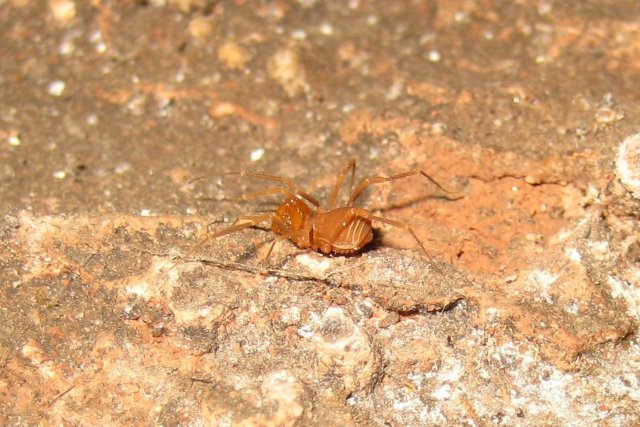
David Steinmann Sclerobunus steinmanni Because the world needs nothing so much as another species of daddy long-legs, biologist David Steinman of the Denver Museum of Nature & Science went out and found us one. And in case you ever forget who you have to thank for the skittering, gold-colored bug, Steinmann named it the Sclerobunus steinmanni. But give the man his props: he found his little arachnid in Colorado’s creepy sounding—and pitch black—Cave of the Winds. You go into a place like that looking for things that crawl, and you get to choose the name too.
-
Atlantic Coast Leopard Frog
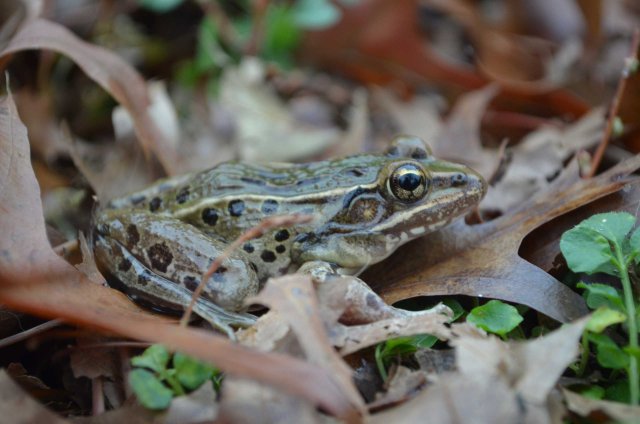
Brian Curry—Rutgers Atlantic Coast Leopard Frog Never mind the Yankees’ latest lousy season, there are other reasons to visit the stadium—or at least the wetlands surrounding it. That happy news comes courtesy of a team of researchers who discovered a new species of Atlantic Coast leopard frog within pop-fly distance of the greens where the Babe used to play. The species was identified first by its distinctive croak—which is actually something of a chucking sound—and confirmed by DNA analysis. Your move, Red Sox fans.